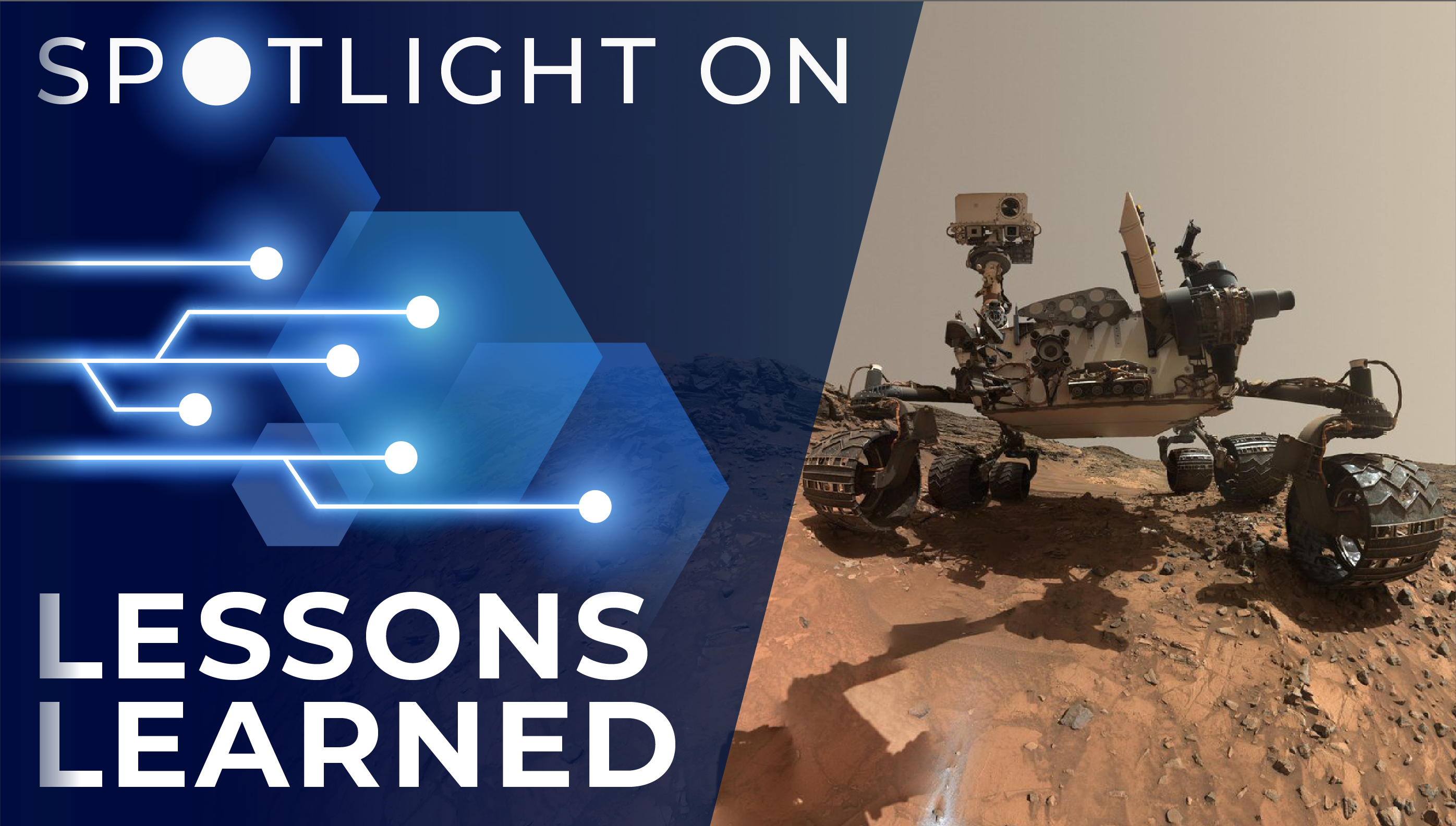
An unexplained explosion of a rechargeable battery led NASA’s Independent Verification and Validation (IV&V) Facility to implement new safety and prevention measures.
A lead acid battery used to start an emergency generator burst for no apparent reason and spread sulfuric acid near the generator. On May 17, 2010, the shell on the Generator No. 1 start-up battery broke and left acid and fragmentation in the area around the diesel generator.
No personnel were in the generator room when the battery failure occurred, and there were no injuries. However, IV&V personnel routinely access the generator room for reasons other than maintenance and cannot be expected to recognize the presence and potential hazards of dangerous battery failures at undetermined times. As a result of the battery explosion, preventive maintenance schedules were revised to include increased checks and ensure appropriate barriers are purchased or constructed to prevent personnel exposure to battery faults for all generators.
The generator was not in the process of start-up at the time of the 2010 incident. Connections were verified, proper ventilation was ensured, and proper charging voltage/amperage was confirmed. The root cause of the battery explosion was not determined.
Lesson Number: 2876
Lesson Date: June 16, 2010
Submitting Organization: Independent Verification and Validation Facility
HIGHLIGHTS
LESSONS LEARNED
- Battery explosions can occur due to pressure created by hydrogen and oxygen gases produced during charging of a lead acid battery.
- An unsafe condition may be created when a battery cell has a high concentration of hydrogen and gas due to a plugged or defective vent cap.
- When electrolyte levels fall below the top of the battery plates, a low resistive bridge can form and cause an arc or spark when current starts to flow, which could contribute to an explosion.
RECOMMENDATIONS
- Include increased checks and documentation in preventive maintenance schedules.
- An unsafe condition may be created when a battery cell has a high concentration of hydrogen and gas due to a plugged or defective vent cap.
- Purchase or construct appropriate battery containment barriers to prevent personnel exposure to battery faults for all generators.
Consult the lesson learned for complete lists.

Jeff Northey
Photo Credit: NASA
IV&V CKO Jeff Northey on the importance of this lesson learned:
This lesson is broadly applicable because most government facilities have backup power systems that include the use of lead acid batteries for start-up of emergency generators and uninterruptable power systems. The chance of this occurring at other sites is high. Our hope is that by sharing this lesson learned with not only NASA but also our industry partners, we’ll increase awareness and potential solutions or preventive measures.
- With increased use of rechargeable batteries for things like power tools and lawn equipment, a general awareness of battery safety is applicable at home, too.
- A few years after this lesson was written, the IV&V Facility experienced another battery explosion on our emergency generators. An IV&V technician was in the vicinity of the battery and could have sustained injury. However, because IV&V had taken action in response to the original explosion — in particular, adding battery containment boxes — injury was prevented.
- We also mark our batteries and replace them at a minimum of every five years.
- Older analog battery chargers were replaced with new state-of-the-art digital chargers.
- We provide facility tours and occasionally take travel tour groups through this area. The use of the explosion-proof containment boxes provides some relief that tour groups are safer.
Watch a video about the battery explosion lesson learned
Related Lessons Learned
Battery Fire at the Madrid DSN Facility
Spotlight on Lessons Learned is a monthly series of articles that feature a valuable lesson along with perspective from NASA’s knowledge management community on why the lesson is important. The full lessons are publicly available in NASA’s Lessons Learned Information System (LLIS).
If you have a favorite NASA lesson learned that belongs in the spotlight, please contact us and be sure to include the LLIS Lesson Number.









